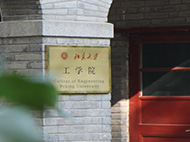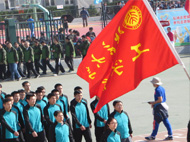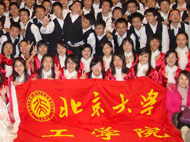主 办:力学系与湍流重点实验室
报告人:Prof. Sergei Chernyshenko, Imperial College London
时 间:9月20日 周四 上午10:00
地 点:澳门太阳娱乐网站官网1号楼210室
Abstract:
In many practical applications, the Reynolds number Re is much greater than the largest Re that can be achieved in direct numerical simulations and wind-tunnel experiments. Hence, to apply the turbulence-related results obtained in a wind tunnels or with computers, extrapolation to higher Re is needed. For the part of the flow very close to the wall such extrapolation is usually based on the classical universality hypothesis that states that near the wall the turbulent flow parameters, expressed in so-called wall units, are independent of Re. However, in recent years it was established that the large-scale structures residing further away from the wall affect the near-wall turbulence. Since these structures, if expressed in wall units, are not Re-independent, the classical universality hypothesis is not correct. Moreover, recent data indicate that as Re increases the outer large-scale structures become stronger. An outline will be given of the new technique for extrapolating statistical characteristics of near-wall turbulence from medium to higher Re, based on the recently developed quasi-steady quasi-homogeneous (QSQH) theory. The QSQH theory is an alternative to the classical universality hypothesis. The QSQH theory provided relationships between many turbulence parameters previously thought to be unrelated, including for example those entering the well-known empirical formula for the modulation of near-wall turbulence by outer structures, and threw a new light on the Re-dependence of the logarithmic law constants. An overview of the theory will be followed by an explanation of the extrapolation method and examples of its application. The lecture will be concluded by a description of a sensor probe designed for applying the extrapolating technique in experiments.
Short-biography:
Prof. Sergei Chernyshenko graduated from the Department of Mechanics and Mathematics of the Moscow State University in 1977 and got his PhD (1983) and DSc (1995, DF-MN, which is a Russian professorial-level degree) from the same university. After 20 years (1980-2000) at the Institute of Mechanics of the Moscow State University, Prof. Chernyshenko moved to the University of Southampton, UK. Since 2007 he holds a chair at the Department of Aeronautics of Imperial College London. Prof Chernyshenko conducts research in theoretical fluid dynamics, with strong emphasis on mathematics, and a wide scope, ranging from classical theoretical problems such as the high-Reynolds-number asymptotics of the steady solution of the Navier-Stokes equations for the flow past a bluff body to applied works such as the proposal of a practical method of turbulent drag reduction.
欢迎广大师生光临!








